Something About The Place Banneker Elementary has Special Written All Over It
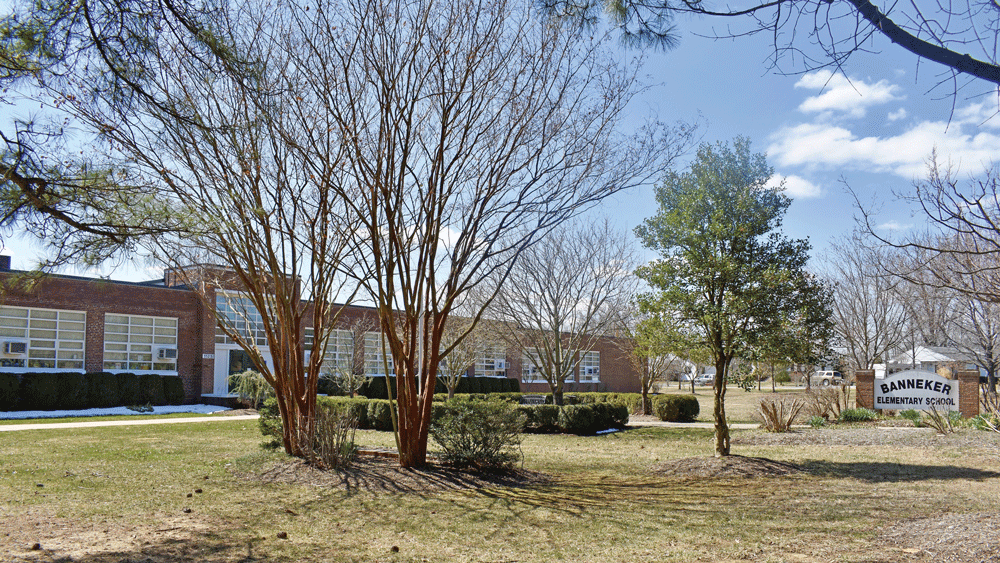
By Kerry Dale
Five humble, overcrowded, one- and two-room “colored” schools peppered the Loudoun County countryside for decades during the Jim Crow era. Children ages 6 to 17 sometimes walked miles to get to schools that were overpopulated, understaffed and without textbooks, even though “Separate but Equal” had been decided through the Plessy v. Ferguson case in 1896. The buildings were heated by woodstoves, had outhouses, and black teachers were paid much less than their white counterparts. Separate, yes, but far from equal.

In 1944, Middleburg’s black physician and community leader, Dr. Maurice Edmead, backed by parents and teachers, lobbied the Loudoun County school board to relieve the overcrowding of the local schools. Middleburg’s two-room Grant school had reached an enrollment of 100 students, and St. Louis’s one-room Hamlin school surged to 72.
Over the course of several years, the school board debated about the best location for the new school – either Middleburg, a community rich in resources, good roads, stores, a bank and several churches, or St. Louis, a black enclave with poor roads, a single church, and no stores. The school board opted for the less popular location, purchasing 19 acres in St. Louis and commencing construction for Banneker School.
The doors of the new brick six-classroom school with a multi-purpose room, clinic and kitchen opened in September 1948, welcoming 185 students and faculty from Middleburg, St. Louis and Mountville’s Marble Quarry schools. Furnished with used desks, tables and textbooks, children convened in classrooms suited to their age and grade level and finally had a taste of what schools for white children were like. They had indoor plumbing, radiant heat and a lunchroom—luxuries unimagined before.
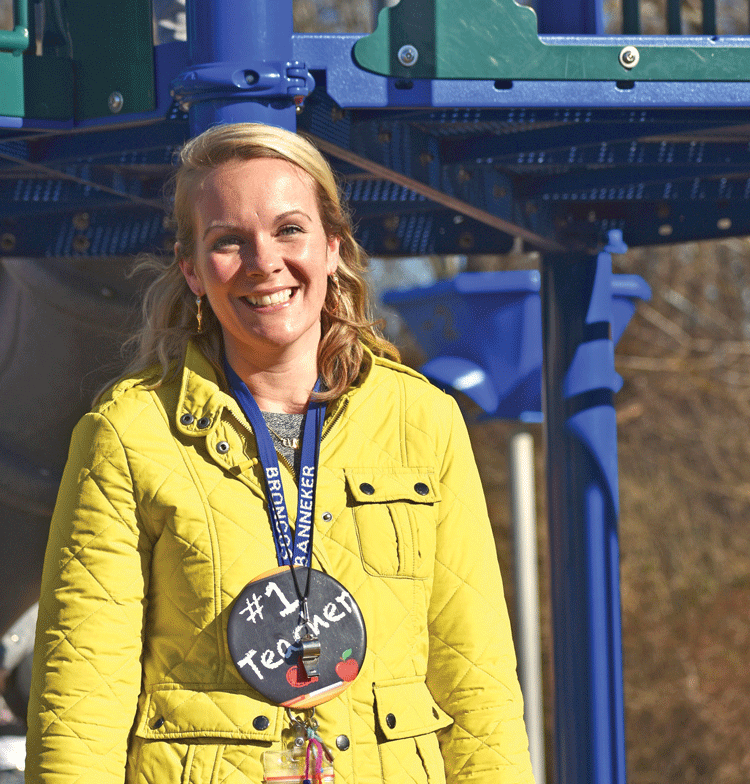
Mary and Eugene Howard of St. Louis were in the very first class of students at Banneker Elementary. They came from Middleburg’s Grant School, leaving the comfort and security of their small school, where they discovered the community of Banneker Elementary to be welcoming and committed to the education of all their students.
“I loved the place,” said Mary. “We had never been in a beautiful school like that. It was really exciting when we got in there. We had more room and a kitchen.”
Right from the start, Banneker distinguished itself as a caring and devoted community. Parents and community members furnished the multipurpose room when the school opened, and several years later it was the PTA that provided funds for a part-time school secretary. Community members lent support to the school regularly, including patrons Paul Mellon, Charlotte Noland and local citizen Johnnie T. Smith.
Banneker’s first principal, Augustus Lacey, was known for driving some of the students – who had to walk miles in the frequent snows – back to the farms where they lived in the evenings.
“Farms were so far back off the road. They had a long walk just to get to the road,” said Adele Robinson, also among the original class transferring from Middleburg where she was picked up by bus on Route 50 in front of her house. “Our principal, Lacey, would take them home in the evenings because it was so cold—back to where they came across the fields on the farms.”
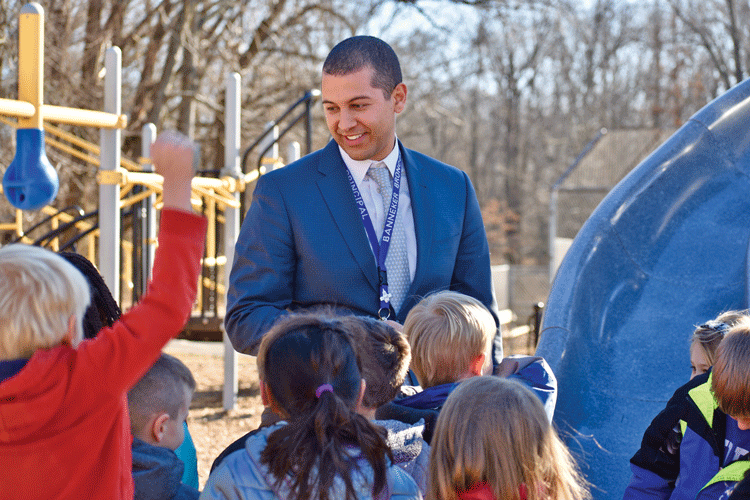
Banneker Elementary was named after Benjamin Banneker, a black man born free. He was a self-educated mathematician and astronomer who helped survey the District of Columbia and challenged the future president Thomas Jefferson on slavery and its contradiction of the religious and political tenets on which our nation was founded.
A few years after opening, Banneker drew students from Aldie’s Bull Run school, which dictated adding on three classrooms, and then in 1960, when Willisville joined the growing school, five more classrooms were added.
It wasn’t until 1967 that Banneker became integrated. Though Brown v. Board of Education was decided in 1954, invalidating “Separate but Equal,” Virginia defied the Supreme Court decision and continued only to upgrade existing African American Schools, expanding a school a second and third time in lieu of integration.
Though it took over a decade, the integration of Banneker School was without fanfare when one lone white boy attended in 1967.
“They thought at first that there were going to be problems. But there was no problem for the white children and the black children to get together,” said Howard, whose two sons attended the school at the time of integration.
Along the way, Banneker Elementary, the only African American school in Loudoun County that has continued to be run as an elementary school, became fully integrated and is now a diverse community of 162: predominantly white, followed in numbers by Hispanic and black students. Years later, and sporting a student body reflective of the greater community, Banneker remains the cornerstone of St. Louis, the small school’s caring community its greatest asset.
One parent in a school review stated that Banneker has, “All the benefits of a public school, while small enough and with a caring staff that know each and every child. They feel like family.”
Over and over in reviews of Banneker, parents refer to the school as a family.
“There’s a lot of love in that school,” said Mary Howard. “Everybody embraces everybody.”
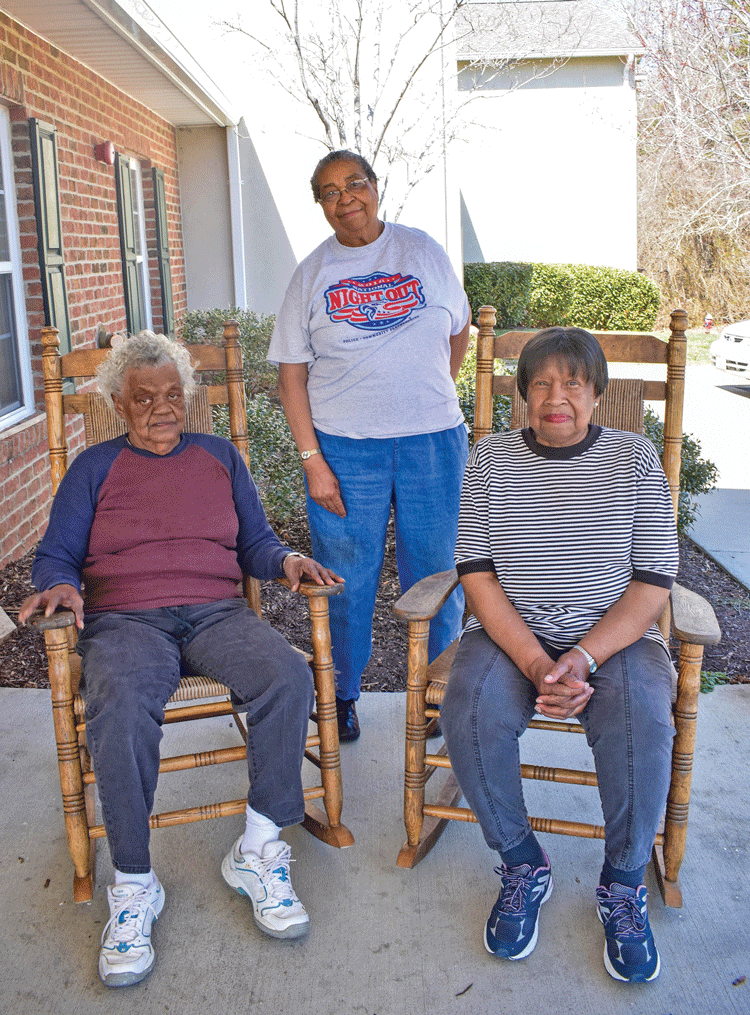
Banneker has grown, integrated, and transitioned over the past 70 years, but one thing remains steadfast. The small school continues to foster relationships between teachers, students, parents, administration and community while registering improvements in their academic success each of the past three years.
Current principal Robert Carter, Banneker’s first African American principal in 30 years and only the second since its integration, touts the recent years’ gains in SOL (Standards of Learning) assessments. “Students have made double-digit gains with the greatest gains for the economically disadvantaged, but all sub-groups—African American, Hispanic and Special Education—have improved,” he said. “We also have a higher ratio of students who pass SOL with advanced scores.
“We take a systematic approach to teaching positive behaviors and expectations,” added Carter. “The balance between academic expectations and social and emotional growth is the key to Banneker’s success.”
In other words, all students, no matter ethnicity, race, socio-economic background or ability are thriving at Banneker. Thanks in most part to a dedicated and professional teaching staff.
A star among the many talented teachers, Sarah Brissing has taught kindergarten at Banneker since 2005, excepting a three-year stint in fifth grade ending three years ago. “It was great having the children I had in kindergarten again in fifth grade, seeing how they had met and exceeded expectations. That was really special,” she said.
The sense of community, palpable from merely walking through the school’s double doors, attracted Brissing to Banneker. “I have a heart for small schools,” she said. “At Banneker I could reach a diverse group. I could do a big thing in a small community and really know the students, know their stories and be helpful outside of school, too.
“I love that we are a community school,” she added.” When we have events, there is always a really large turnout, like the Fun Fair the other night. Everyone knows everyone’s name. There’s such joy.”
Brissing is moved and impressed by how the alumni keep coming back. “Some of the first children I taught are now in high school getting ready for college, and Banneker is still on their minds,” she said. “They come and volunteer at some of the events.”
Alumna Jordan Miller, a star basketball player at Loudoun Valley, offered to come back to Banneker this spring and help out with PE classes before he heads off to play college basketball at George Mason in the fall. The connection many students have with the school doesn’t seem to dissipate over the years.
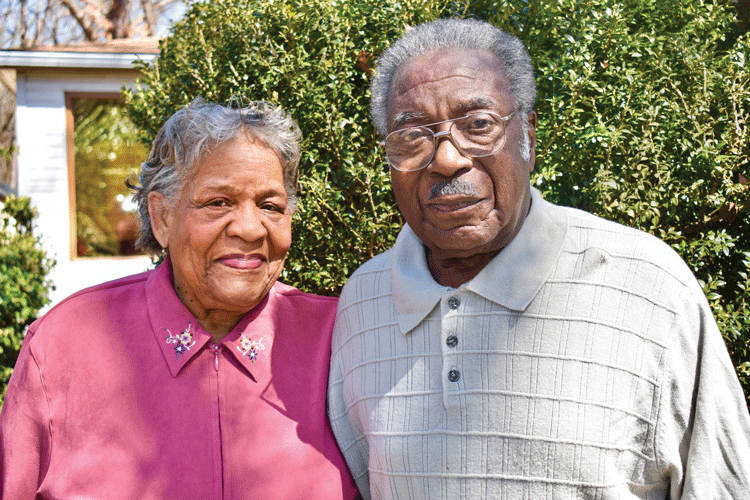
One longtime volunteer, Janet Looney, comes to Banneker daily, though her grandchildren who attended the school are now in high school. She helps in the library, assists with bulletin boards, “anything the teachers might need, she’s there,” said Brissing.
As part of a community effort to support the students with their academic success, Banneker is partnered with Windy Hill Foundation in Study Buddies, an after school program engaging community student and adult volunteers with Banneker students, providing another bridge between school and community.
Five years ago, Banneker was designated the home school for Middleburg, when Middleburg Elementary became a charter school. The small St. Louis black school that welcomed integration in 1967 has embraced the greater community of Middleburg just as warmly. There is little evidence of the community’s struggle for equal education; all that remains is the nurturing Banneker “family,” a beacon of what it means to be a true community school.
“There’s just something about the place,” enthused Brissing. ML


